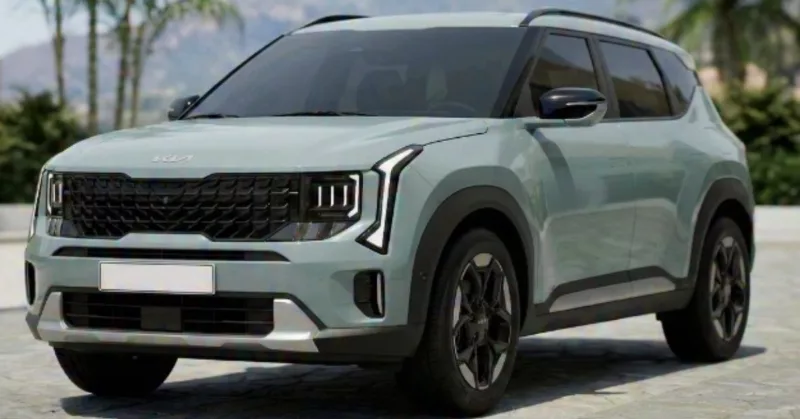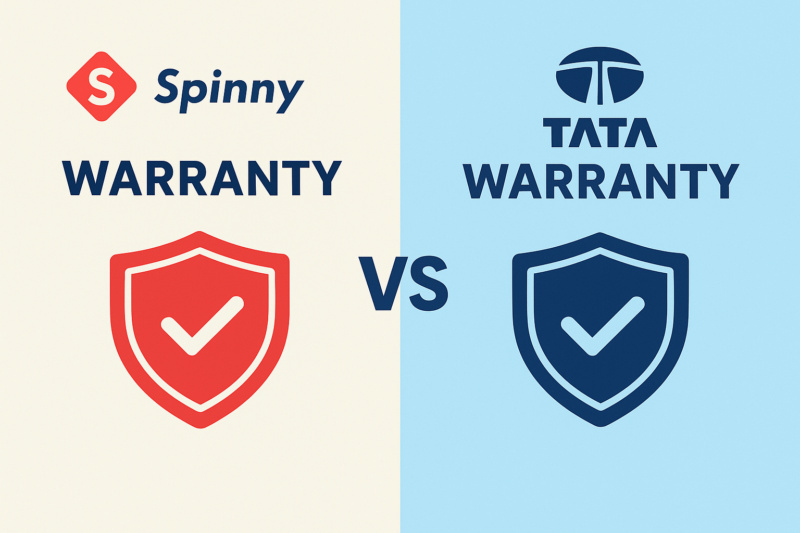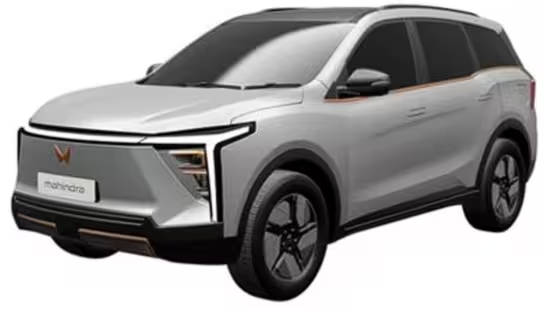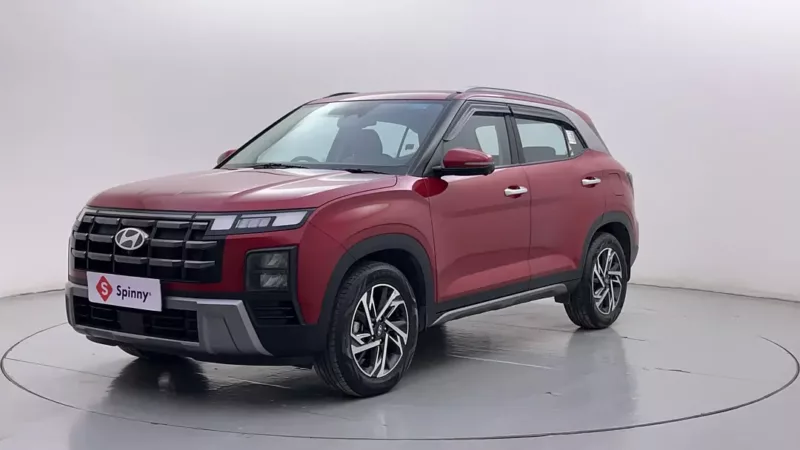The braking system is one of the most crucial components of a vehicle when it comes to safety and control. Apart from primary pedal-operated foot brakes, there is another important brake type that is an integral element for any vehicle, regardless of its fuel or transmission type. Yes, we are talking about the handbrake, one of the most vital parts of the braking system, ensuring your vehicle remains safe, stable, and under control. Whether automatic or manual, knowing how to effectively use a handbrake can go a long way in ensuring that your car remains safe at all times. So, if you are wondering what a handbrake is and how it actually works, then you are in the right place. In this article, we explore everything you need to know about the handbrake system.
What is a Handbrake in a Car?
The handbrake is a type of manual lever that brings your vehicle to a stop in case the primary pedal brake system fails. Handbrakes are also referred to as parking brakes, because their primary job is to aid in parking and not for stopping while in motion. During parking, it prevents the vehicle from rolling backward when being parked on one. Other common names of the handbrake include emergency brakes or e-brakes.
In most vehicles, the handbrake is located between the driver’s and passenger’s seat as a stick-like lever with a button that is pressed to move the lever upwards and released to engage the handbrake. In modern-day vehicles, manual handbrakes are replaced with electronic or electric parking brakes, ones that engage when the vehicle is halted and disengage when it starts moving. In totality, the handbrake is like a backup plan for when the primary brake system fails and is a method of controlling the vehicle on slopes and inclines.
Components of a Car Handbrake
The way the handbrake works is rather simple, and that is the reason why there are not many sophisticated components that make up the handbrake. Talking about the conventional pull-type or lever-type manual handbrake systems, the main components that make up the manual handbrake system are:
1. Handbrake Lever
The handbrake lever is the stick-like pull-over lever that is located inside the cabin. The primary job of the handbrake lever is to engage the handbrake when pulled up.
2. Cable Assembly
The most critical component of the handbrake system, the cable assembly is a flexible steel cable that connects the handbrake lever to the rear brake callipers or drum brakes.
3. Equalizer Mechanism
The equaliser mechanism distributes the force applied on the handbrake lever proportionally to both rear wheels. The equaliser mechanism ensures that the brakes are applied simultaneously to both sides of the vehicle.
4. Rear Brake Calipers or Drum Brakes
The parking brake cable connects to the rear brake calipers or drum brakes, depending on the type of vehicle you drive. Whenever the handbrake is engaged, the brake cable tightens, causing the rear brakes to hold the vehicle in place.
5. Adjusting Mechanism
Last but not least, the adjusting mechanism ensures proper tension of the handbrake cable, ensuring that the cable is tight enough at all times to hold the vehicle stationary at its position.
While the basic working of the handbrake system remains the same, in electronic handbrake systems, the gear lever is often replaced with either a handbrake button or an automatic system that applies the handbrake every time the vehicle is stationary and disengages the system upon movement.
How does a Car’s Handbrake work?
Now that you are familiar with all the components of the handbrake system, it is time to understand how the handbrake actually works.
In a vehicle with a manual handbrake, the braking works when the brake lever is pulled upwards, creating tension in the cable assembly wire. When tightened, the cable assembly wires push the brake pads or shoes tightly against the disc or drum surface, with the equalizer mechanism ensuring that proportional force is applied to each rear brake. The adjusting mechanism ensures that the tension of the cable assembly is good enough to hold the vehicle in place.
In vehicles with an automatic handbrake system, the Anti-Lock Braking System (ABS) module monitors, regulates, and controls the electronic handbrake system. The handbrake switch, when pressed, sends a signal to the ABS module, which uses sensors to check if the handbrake can be applied and then operates the brake actuator motors that apply the rear brakes. When the driver releases the handbrake switch, another signal is sent to the ABS module, which then checks the ignition state and position of the brake pedal to determine whether or not the parking brakes can be released. If everything is good to go, the module controls the actuator motors to release the brakes.
Types of Car Handbrakes
The most common types of handbrake or parking brake include:
1. Lever Operated Handbrakes
This is the most common type of handbrake that is typically located between the driver’s and passenger’s seat as a pull-over stick lever with a push button at the front.
2. Button-Operated Handbrakes
A commonplace in modern cars, button-operated handbrakes replace the traditional handbrake lever with buttons that engage and disengage the handbrake electronically via the ABS module.
3. Foot Pedal Handbrake
The foot-operated parking brake is engaged and disengaged by pressing the foot pedal located on the far left of the driver’s footwell, usually at the extreme ends. This feature offers easy access while driving and also saves cabin space when compared with traditional lever brakes.
Handbrake Usage Best Practices
Now that you know all about the functioning of the handbrake and the components that make up the handbrake system, it is crucial to know the best usage practices to ensure that your vehicle’s handbrake system goes a long way without any excessive wear and tear as well as failures.
- Before applying the handbrake, make sure the vehicle is at a complete halt to prevent unnecessary wear and tear of the cable assembly and brake pads.
- Make sure that before applying the handbrake, the vehicle is on level ground to prevent uneven tension on the rear wheels.
- When on an uphill road, put the vehicle in first gear and then apply the handbrake to ensure a smoother movement once the handbrake is released.
- When using a manual car, press the brake pedal before letting go of the handbrake.
- When releasing the handbrake, do so slowly and avoid any jerky movements.
- Do not drive with the handbrake engaged as that will cause excessive wear and tear of the brake pads and overheating of the discs.
FAQs
Q. What is a Handbrake?
Ans: The handbrake is a type of manual lever that helps you park your vehicle safely without the risk of it moving. In case of emergency, it can also be used to bring your vehicle to a stop in case the primary pedal brake system fails. Handbrakes are also referred to as parking brakes, as they also play a crucial role in preventing the vehicle from rolling backward when cruising on a slope or being parked on one.
Q. Can I park my vehicle without a handbrake?
Ans:: Yes, you can surely park your vehicle without engaging the handbrake; however, doing so is generally not recommended, especially when you park your vehicle on a slope. Engaging the handbrake is a safer practice, as handbrakes prevent unintended rolling and movement.
Q. What is the difference between a handbrake and a parking brake?
Ans:: There is no difference between a handbrake and a parking brake. Handbrakes are often called parking brakes, as they ensure that your vehicle remains stationary when parked.
Q. Can I use the handbrake to stop the vehicle?
Ans:: Yes, a handbrake can be used to stop a vehicle. However, the handbrake must be used in emergencies or in cases where the primary brake system has failed. The efficiency of the handbrake is not as good as the primary brake systems, and it may take more time to bring the vehicle to a stop. Moreover, solely relying on the handbrake to brake can build up excessive heat and damage the brake pads, discs/ drums.





